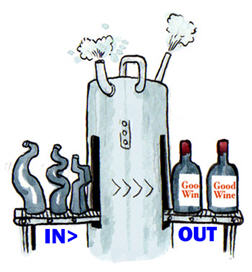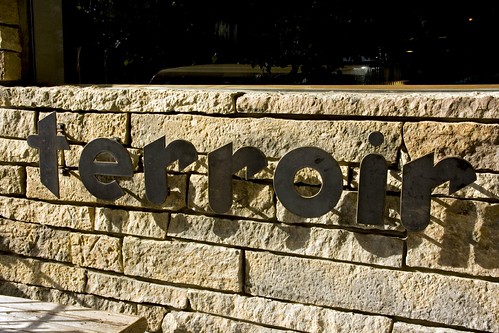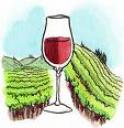“Place Matters”. This is what Wine.com is telling us with their latest marketing tool.
Terroir, or the “sense of place” as it is often described, is said to be what distinguishes ordinary, or what I suppose could theoretically be laboratory wines (those manufactured anywhere, and tasting of nowhere), from extraordinary wines; those wines that truly bring you to a specific geographical location through its aromas and flavors.

The idea of terroir-driven wines makes sense to me in that these wines possess a unique quality. They might possess that unique smell of saltwater from the parallel ocean, or they might possess a flinty aroma from the flint stones scattered throughout their vineyard. Or, as is the case with some of the better Israeli wines, they might possess an herbaceous or even green olive quality from all the wild sage, rosemary, thyme and olive groves that grow throughout the country and often surround the vineyard itself.
Getting back to the new wine.com Map-It feature, I wonder how important it is for people to SEE (on a radar image) the location where the wine was made, or better yet (when available) where the grapes were grown. If it opens up one’s imagination to a story and helps to paint the picture behind the wine for the wine-curious consumer then I guess it is important.
As is generally the case when it comes to my bizarre mind, this all led me to think about Israeli wine. In this case as it pertains to Israeli wine in retail stores. Outside of Israel I would venture to say that NYC has the greatest selection of Israeli wines in the world. But if you are to enter a retail store seeking an Israeli wine do you know where the clerk would take you? To the KOSHER section. WHERE in the world is kosher???
There is a section for France. Italy. Spain. US wines are generally grouped together, yet they usually are separated between states. German wines. Australian wines…I can go on and on. Heck, even organic wines are USUALLY found in a section pertaining to their country of origin (though some stores ALSO have a special organic section). So why does just about every store in the region with the 2nd largest concentration of Israeli wines group these wines together with other wines from all over the world??
What of those wines made in Israel that do not have kosher certification??
Why not create a section for Israeli wines (they should be contained within an Eastern Mediterranean section near wines from Greece, Cyprus & Lebanon) AS WELL AS a kosher section just as is done with organic wines???
Clearly I am a very biased observer here. But the more I read about how trendy terroir is and how important a “sense of place” is when it comes to wine the more I wonder, why not for Israel????
Happy terroir driven wine tasting!
WTG







